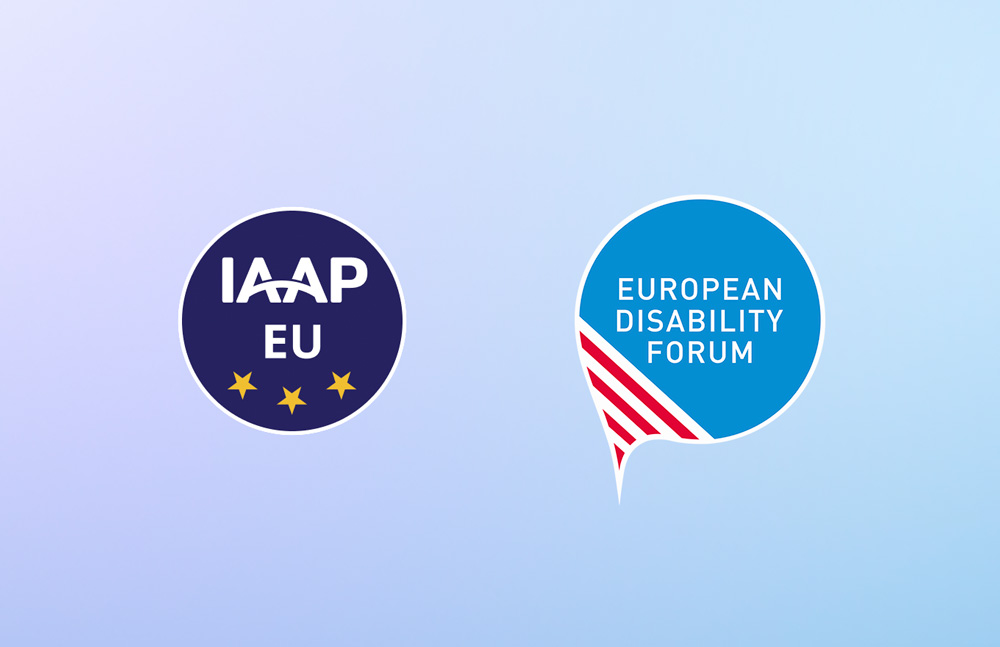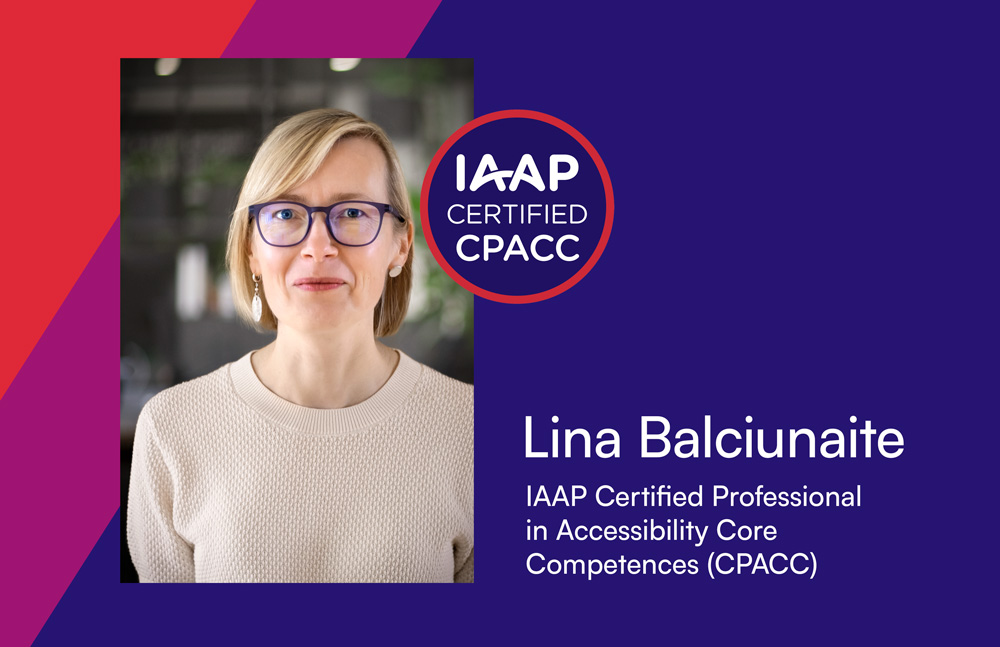Debunking 8 Common Myths About Web Accessibility

While awareness of web accessibility and its significance is on the rise, it is often obscured by persistent myths and misconceptions, which can sometimes hinder our understanding of this essential practice.
From misguided notions about the target audience to misconceptions about the costs involved, web accessibility myths persist, hampering progress towards a more inclusive digital landscape.
In this article, we'll take a closer look at some of the most prevalent myths surrounding web accessibility and unveil the truths that lie beneath the surface.
Myth 1: Accessibility is only a concern for large organizations
It's a common belief that web accessibility only matters for big corporations or government entities facing legal requirements. The truth is, web accessibility is crucial for businesses of all sizes. Smaller companies can also reap the benefits of increased user engagement, broader reach, and a positive brand image by making their platforms accessible.
While larger organizations might have more resources to allocate to accessibility efforts, smaller entities can also take significant steps towards creating accessible digital environments.
Implementing basic accessibility practices, like using semantic HTML, ensuring keyboard navigation, and providing alternative text for images, can greatly improve the user experience for individuals with disabilities.
Myth 2: Web accessibility is too expensive and time-consuming
While it's true that implementing web accessibility requires careful planning and consideration, the notion that it's prohibitively expensive or time-consuming is a misconception. Many accessibility best practices involve simple changes in coding practices, content creation, and design choices.
This is why we advocate for an early consideration of accessibility. When accessibility is integrated from the initial phases of web development, it significantly reduces costs and effort. Furthermore, the advantages of accessibility, such as broadening your audience reach and preempting potential legal complications, far surpass the initial investment.
Myth 3: Accessibility is solely the responsibility of web developers
This myth assumes that web accessibility is a task that rests solely on the shoulders of web developers. In reality, web accessibility is a collective responsibility that involves everyone in the platform development process. From business owners and communication specialists to designers and developers, each person plays a vital role.
Reality is, web accessibility is a shared commitment. Business owners and stakeholders should set the tone by prioritizing accessibility in their digital strategy. Communication specialists can ensure that accessibility information is conveyed effectively to the audience, and designers can create inclusive user interfaces that are aesthetically pleasing. Developers, of course, must implement technical solutions to meet accessibility standards.
When all team members work together, web accessibility becomes a part of the project's DNA, resulting in a website that is welcoming to all users.
Myth 4: Accessibility will compromise the design and aesthetics of the website
It's a common misconception that accessible design necessarily means sacrificing aesthetics and creativity. In reality, accessible design principles can be seamlessly integrated into visually appealing and innovative designs.
In fact, adhering to accessibility guidelines often encourages a more streamlined and user-friendly design. By focusing on clear layouts, easy navigation, and consistent color contrasts, websites can be both functional and visually engaging.
Read more on the topic in this article: Aesthetic Appeal vs. Accessibility: The Design Dilemma
Myth 5: Web accessibility is only relevant to a small group of users
One of the most prevalent beliefs about web accessibility is that it only benefits a niche group of users. In reality, accessibility considerations benefit a much broader audience. According to the World Health Organization (WHO)'s key facts for 2023, an estimated 1.3 billion people, which accounts for approximately 16% of the world's population, or roughly 1 in 6 individuals, experience significant disabilities.
This includes individuals with visual, auditory, cognitive, and motor impairments.
Furthermore, accessible design not only assists people with disabilities but also enhances the user experience for everyone, including those using mobile devices, older individuals, and individuals in situations where using a screen isn't possible (e.g., while driving).
Myth 6: Web accessibility is mostly for the visually impaired
Another myth about web accessibility is that it mostly pertains to individuals with visual impairments. While it's true that accessibility disproportionately affects those who are blind or partially sighted, and ensuring compatibility with screen readers is a significant aspect of web accessibility, this represents just the beginning of a much larger picture.
One very important group to consider is individuals with cognitive impairments. These users may have difficulty processing information, understanding complex navigation, or staying focused on a website. Properly structured content, clear language, and straightforward navigation can make a world of difference for them.
Accessibility considerations also encompass those with hearing impairments, motor disabilities, and even temporary limitations due to factors such as a broken arm.
Myth 7: Deaf individuals only need audio content alternatives
The misconception that deaf individuals only require audio content alternatives is a common one. It often arises from the assumption that platforms without audio or video content are automatically accessible to deaf or hard-of-hearing individuals, and no further action is needed. However, our conversation with the Lithuanian Association of the Deaf has shed light on a more nuanced reality.
For many in the deaf community, sign language is their native language, and the language you speak fluently may be their second language. Therefore, true web accessibility should not only consider written text but also accommodate sign language users. This can be achieved through sign language interpretation or text-based alternatives presented in an easy-to-read or plain language format.
In the best-case scenario, all content should be available in one of these formats. If that's not feasible, at the very least, the most critical content should be presented in an accessible format to ensure inclusivity.
Myth 8: Accessibility is a one-time fix
One of the most persistent misconceptions about web accessibility is the belief that it's a problem that can be solved once and for all. Some might even think that a simple click of a button, like an accessibility overlay or widget, can instantly transform a website into an inclusive platform. Regrettably, certain companies that promote overlay solutions have contributed to these misleading claims.
In reality, web accessibility is not a "set it and forget it" solution. The web is a rapidly evolving landscape with new technologies, platforms, and devices continually emerging. To stay ahead, web developers must engage in a continuous process of assessing and adjusting their platforms to ensure they remain accessible.
Moreover, user needs evolve over time. What's considered accessible today might not meet the needs of users in the future. Web accessibility is an ongoing commitment that demands periodic reviews and updates.
It's not a one-size-fits-all solution, and it certainly can't be achieved through quick-fix overlays. Instead, it's a complex process that involves designing and developing with inclusivity in mind from the very start, as well as regularly evaluating and adapting to changes.
Read more on the topic in this article: Why You Should Avoid Using Accessibility Overlays
Final thoughts
In a digital world where myths and misconceptions can easily take root, it's crucial to unveil the truths that lie beneath the surface of web accessibility. We've journeyed through the most common myths, from the limited perspective that accessibility is solely for the visually impaired to the mistaken belief that it's a task reserved for developers alone.
Web accessibility is a testament to the power of technology to unite us, transcending differences in ability. It's a declaration that in the boundless realm of the internet, there's a place for everyone, regardless of their physical or cognitive challenges. So, let's continue to debunk these myths, raise the bar, and create a digital world where accessibility is not just a concept, but a reality for all!
June / Karlove offers accessibility compliance, accessibility knowledge and culture, and accessible design and development services.
Schedule a discovery call to learn how to guarantee your company's digital products are accessible to individuals with disabilities.
Newsletter subscription
Twice a month we send insights, event updates, and valuable resources on best accessibility practices in Lithuania, the Baltics, and the EU market. Subscribe to get the latest knowledge and stay informed.




